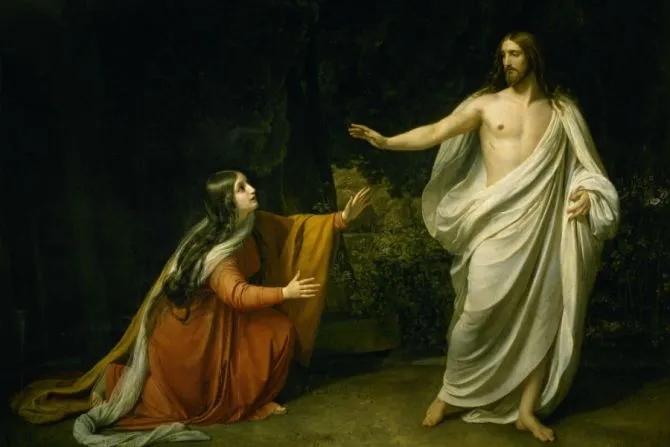Vatican, 10 April, 2023 / 12:09 pm (ACI Africa).
On Easter Monday, the Catholic Church celebrates what’s called “Monday of the Angel.” In many countries in Europe and South America, this day, also known as “Little Easter,” is a national holiday.
In a Vatican Radio recording in 1994, Pope John Paul II gave an explanation for Monday of the Angel:
“Why is it called that?” the pope asked, highlighting the need for an angel to call out from the depths of the grave: “He is risen.”
These words “were very difficult to proclaim, to express, for a person,” John Paul II said. “Also, the women that were at the tomb encountered it empty but couldn’t tell ‘he had risen’; they only affirmed that the tomb was empty. The angel said more: “He is not here, he has risen.”
The Gospel of St. Matthew puts it this way: “Then the angel said to the women in reply, ‘Do not be afraid! I know that you are seeking Jesus the crucified. He is not here, for he has been raised just as he said. Come and see the place where he lay. Then go quickly and tell his disciples, ‘He has been raised from the dead, and he is going before you to Galilee; there you will see him.’ Behold, I have told you” (Mt 28:5-7).








